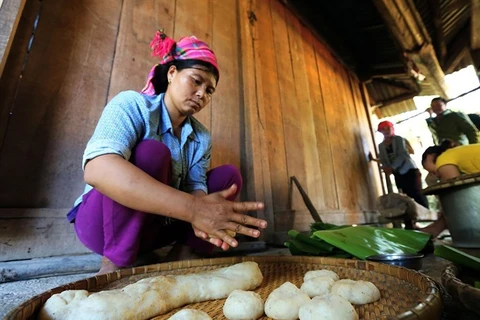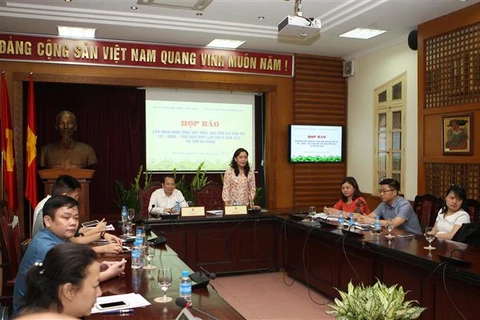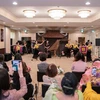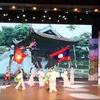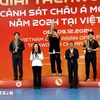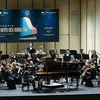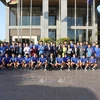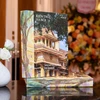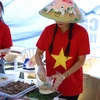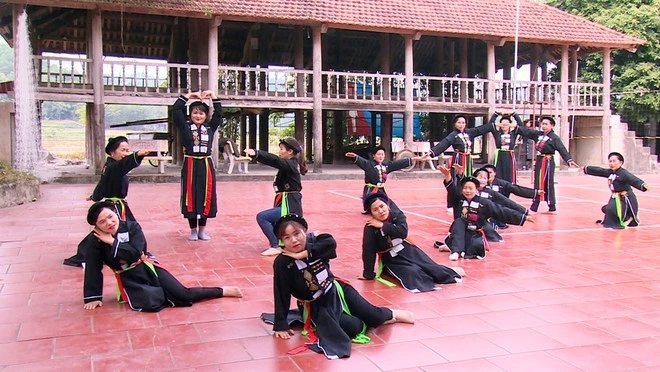
Hanoi (VNA) - Cao Lan folk songs represent a form of traditional performing arts of the Cao Lan ethnic people in Deo Gia commune, the northern province of Bac Giang's Luc Ngan district. The folk songs, which have passed down within the community for generations, are an essential cultural and spiritual activity.
In December 2012, they were included in the national intangible cultural heritage list.
Through these folk songs, both the elderly and the youth in this area can express their thoughts, emotions, dreams, and aspirations, as well as their wishes and connections with nature and the divine.
Whenever they meet, they sing songs praising the beauty of their homeland and villages. At work, they often sing for their industrious spirit with a wish for fruitful harvests. When young men and women get acquainted or court each other, they sing to express their affection and make a date.
In addition to songs inherited from their ancestors, Cao Lan people can also spontaneously sing and create new ones, reflecting their current life or praising the Party, the State, and late President Ho Chi Minh.
The lyrics of a Cao Lan folk songs usually consist of a four-line poem, with each line containing seven words. A set of songs typically includes two, but there are cases of one or more songs. The beginning of the set is usually similar, depicting an event, a question and a greeting, while the middle and ending parts have different contents.
There are four types including Thsan len (New Year songs), Ken lau (wedding songs), To tan (songs of riddles), and Thsao bao (courtship songs).
Courtship singing between young men and women can last for several nights, focusing on themes of love and the desire to build a happy life together.
Cao Lan people sing throughout wedding ceremonies. Typically, when the groom's family arrives at the bride's house, they must sing before being allowed inside. From then until the family can bring the bride to the groom's house, they must sing for at least two nights.
Cao Lan folk songs are sung everywhere, indoors, on the streets, at wet markets, on hills, and in forests. If someone from another village comes to visit, the host always sings first, and the guest sings afterwards.
However, with the trend of integration and the development of modern life, the cultural, social, and spiritual life of locals has undergone many changes. Cao Lan folk songs are gradually fading away due to a part of the younger generation not being as passionate as before. Moreover, most of these songs are written in traditional Chinese characters, so only those who know the script can read them.
The provincial Department of Culture, Sports, and Tourism has so far implemented many activities to preserve this folk culture, such as researching and collecting song materials, honouring artisans, and organising exhibitions of Cao Lan ethnic heritage at various cultural events and festivals.
Meanwhile, the Bac Giang Museum has conducted research on the collection, translation, and publication of some Cao Lan folk songs. It has also collaborated with the Luc Ngan Cultural, Information and Sports Centre and local artisans in Deo Gia to organise sessions to teach Cao Lan folk songs for nearly two months./.
